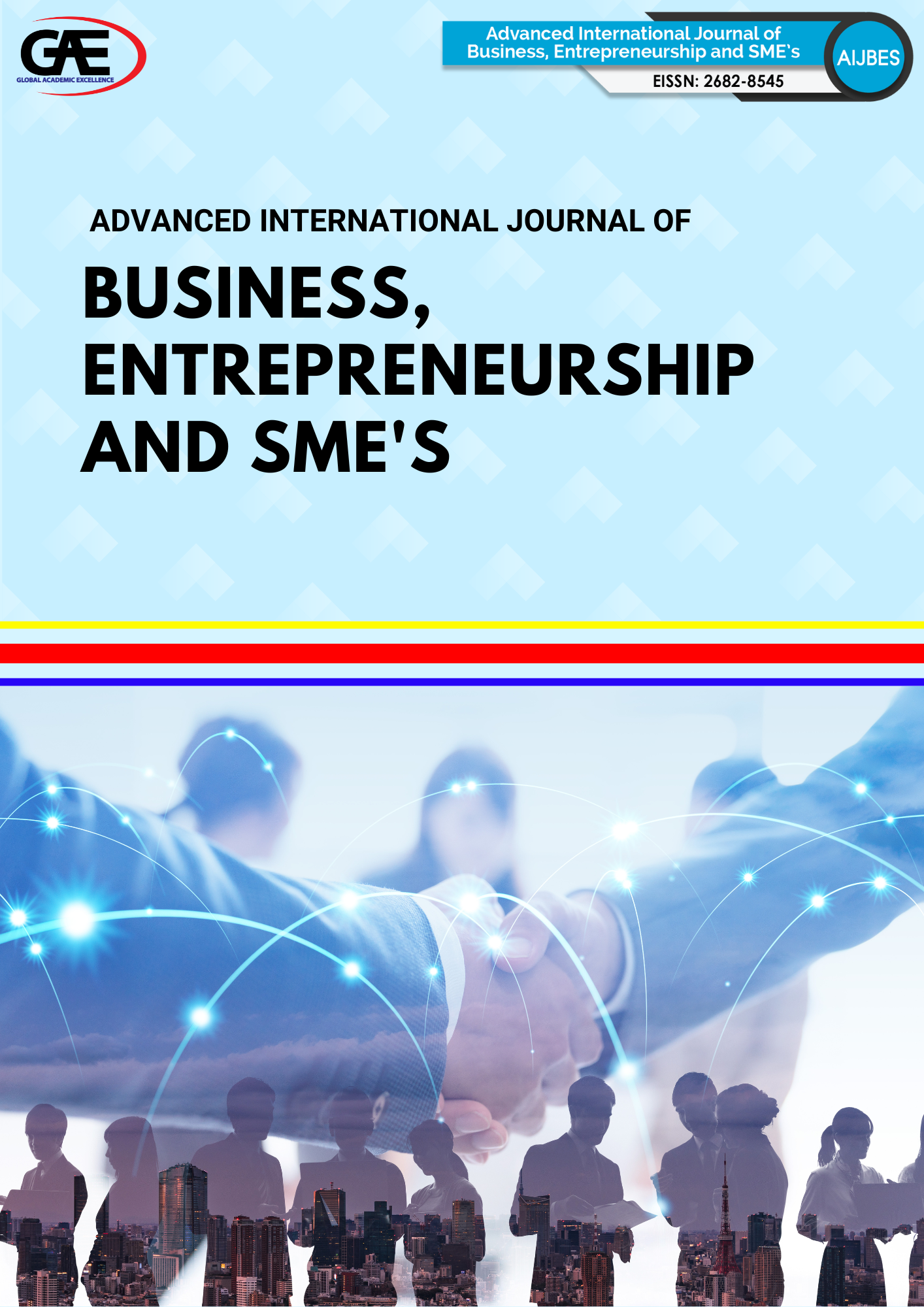GLOBAL TRENDS IN TAX INCENTIVES RESEARCH: A BIBLIOMETRIC AND NETWORK ANALYSIS
DOI:
https://doi.org/10.35631/AIJBES.725007Keywords:
Tax, Incentives, Multi-DisciplinesAbstract
This study presents a bibliometric analysis of Tax Incentives to uncover global research's structure, trends, and intellectual landscape in this field. Tax incentives, widely used by governments to stimulate investment, innovation, and economic growth, have generated a growing body of academic literature. Despite this, a systematic overview of the development and influence of research on tax incentives remains limited. To address this gap, this study employed a bibliometric approach using the Scopus database with two primary keywords: "Tax" and "Incentives." A total of 1,153 documents were identified and analysed using a combination of Scopus Analyzer for publication trends and citation metrics. Open Refine for data cleaning and standardisation, and VOSviewer for mapping co-authorship, keyword co-occurrence, and country collaborations. The findings indicate a consistent increase in scholarly output over the past decade, with the United States, China, and the United Kingdom leading in publication volume and citation impact. Using keyword co-occurrence, researchers spotted areas of prioritized research such as investment growth, innovation, economic development, and tax administration, reflecting the multidimensional focus of tax incentives research. Country collaboration networks show increasing international partnerships, especially between developed and emerging economies. Furthermore, highly cited authors and influential journals were identified, providing insight into the field's key contributors. Overall, this study highlights the evolving research landscape surrounding tax incentives and offers a comprehensive reference for researchers, practitioners, and policymakers. The findings illustrate past and current research directions, pointing toward emerging gaps and opportunities, particularly in aligning tax policy with technological change and sustainable development goals. This analysis contributes a more nuanced understanding of how tax incentives are studied and applied across disciplines and regions.



